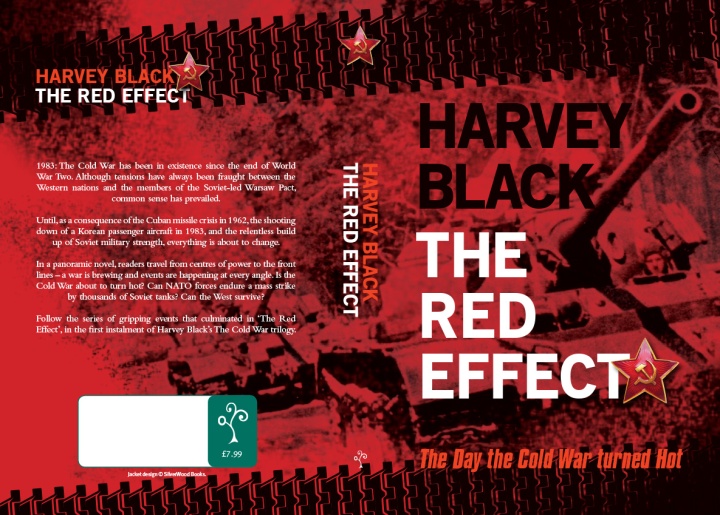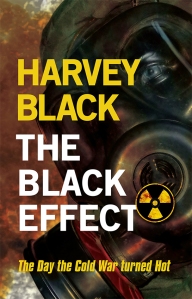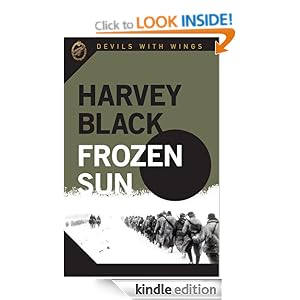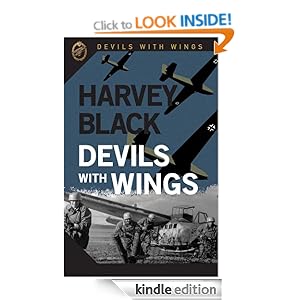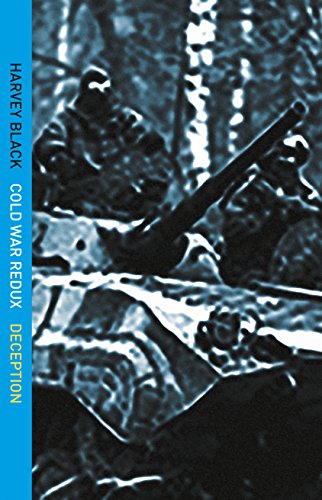The Cold War Years. A Hot War in reality Part 4.
My ‘Cold War’ trilogy is complete. I enjoyed writing it and the empty space it has left will be filled with a new set of books, based on the outcome of a strategic nuclear exchange. An Apocalyptic trilogy, survival at its worst.
The Cold War era started very soon after the end of the second world war, when the communist east, led by the Soviet Union, and the Western world, led by the United States and its NATO allies, faced each across what became known as the ‘Iron Curtain’.
.
.
The capital of Germany, Berlin, was divided into four Sectors. The consequence being, that the three Western Allied powers now controlled territory deep within the Soviet Union Zone of Germany.
Over time, the tensions between the four Allied powers increased, eventually resulting in the Berlin blockade in 1948, when the Soviets attempted to starve West Berlin into submission and force the other three Allied powers out. This failed and the Soviets eventually relented, but an ever-increasing number of East Germans fled to the West; between 150,000 and 300,000 a year during 1951-1953. As a consequence restrictions were placed on movement between the divided country. From 1961, the border was closed and Berlin completely encircled, first by barbed wire, then bricks and finally a concrete wall, along with the infamous ‘death strip’.
Access was now restricted between Berlin and the West. A wall, 124 mile miles in length, was placed around the three sectors of West Berlin, cutting off the city from the rest of the world.
An Iconic picture of the face-off between the West and the East. The Cold War starts – October 1961.
.
I shall cover various aspects of the two opposing forces, around the period of 1984, providing the backdrop and background information to support my Cold War trilogy.
In 1984/85, the Warsaw Pact was already a significant force, the Soviet Union in particular.
Although the key strategic Nuclear Forces of the Soviet Union and NATO, were either land based or submarine launched, supported by Tactical, Theatre, Nuclear weapons, they also had the use of the Air Force to deliver a nuclear strike.
Soviet Union.
Long Range Bombers – 100 x Tu-95 (Codename Bear). Unknown number of Bear H in production, capable of carrying an air-launched cruise missile.
Medium Range Bombers – 220 x Tu-16 (Codename Badger), 125 x Tu-22 (Codename Blinder) and 130 x Tu-22M (codenamed Backfire).
Tu-160 (Codenamed Blackjack).
.
Tupolev Tu-95. (NATO Code Name: Bear). Claimed to be a reverse engineered B-29, Super-fortres. A long wingspan of 164 feet.
.
Maximum speed of 575 mph with a range of 9,400 miles. Armament of 2 x 23mm AM-23, radar-controlled auto-cannon. 15,000 kilogram payload.
The Tu-95MS variant carried the Kh-55, air-launched strategic cruise missile family, one with a 200 kiloton warhead.
.
Tu-22 Blinder. A supersonic, swing-wing, long range strategic and maritime strike bomber.
.
Tu-22. Speed of 1,240 mph with a combat radius of 1,500 miles. 1 x 23 mm GSh-23, remote-controlled cannon in tail turret. The Kh-55 nuclear cruise missile has been tested on this aircraft, but no confirmation that it is in service.
.
Tu-160 (Codename Blackjack). Swing-wing, with a max speed 1,380 mph and a range of 7,600 miles, without in-flight refuelling. Can carry 12 x Raduga Kh-55, nuclear cruise missiles or 12 x Raduga Kh-15 short-range nuclear missiles.
.
Kh-55 Cruise Missile.
.
United States of America
Long Range Bombers – 90 x B-52H and 84 x B-52G
Medium Range Bombers – 56 x FB-111A
On order – 18 x B-1B bombers (100 planned.)
.
Boeing B-52 Stratofortress, with underslung drones.
.
Lower deck of the B-52, dubbed the battle-station.
.
B-52H. Payload of 31,500 kilograms of mixed ordnance. 1 x 20mm M61 Vulcan cannon mounted in remote-control tail turret. The B-28 nuclear bomb could be set for an air or ground burst with a yield of up to 1.45 megaton.
.
Maximum speed of 650 mph, with a range of 3,980 miles.
.
FB-111A, long range bomber. It could carry the AGM-69 SRAM, Short Range Attack Missile (Nuclear). Speed of 1,650 mph with a range of 1,160 nautical miles.
.
Rockwell B-1 Lancer, a four engined, variable-sweep winged strategic bomber. The planned replacement for the B-52. Maximum speed of 830 mph, with a range of 7,456 miles. Can carry 24 x B61 (Max 340 kilotons) or B63 (Max 1.2 megatons) nuclear gravity bombs.
.
B-28 nuclear bomb.
.
United Kingdom
Strategic Long Range Bombers – 130 x Avro Vulcan.B2
.
Delta Wing Strategic Bomber
.
Armament: 21 x 454 kilograms of conventional bombs or 1 x free-fall nuclear bomb/1 x Blue Steel missile (1.1 megaton).
.
Maximum speed of 607 mph with a range of 2,600 miles.
.
Blue Steel – Air Launched Cruise Missile.
.
France
Supersonic Strategic Bombers – 28 x Mirage IVA
.
Maximum speed of 1,454 mph and a range of 775 miles. Carries 1 x AN-11 or 1 x AN-22 nuclear bomb (70 kilotons).
.
AN-11 Nuclear Bomb
.
There were also the conventional forces lined up along the Inner German Border, the visible barrier between the Federal Republic of Germany (FRG) and the German Democratic Republic (GDR), or better known as West and East Germany. I shall be covering their organisation and equipment over the coming months.
.
M-60, or Patton Tank.
.
Maximum speed of 30 mph
.
A first generation Main Battle Tank.
.
Main armament is the British 105mm, M68 gun.
.
45 tons with an armour thickness of 155.6mm.
.
V-12, air-cooled Twin-turbo diesel engine.
.
Top speed of 30mph.
.
Introduced in 1960.
.
Saw service in the Gulf War.
.
M-60 Patton, over 15,000 built.
.
M-60
.
Carries a .50 calibre gun
.
M-60
.
.
M-60 on the move.
My intention is not to portray a particular message, but just share some of my research and experiences with you. Also to support ‘Cold War’ trilogy, covering the hypothetical invasion of West Germany by the Warsaw Pact in the 80’s.
.
Photographs and Blog are copyrighted to Harvey Black



































